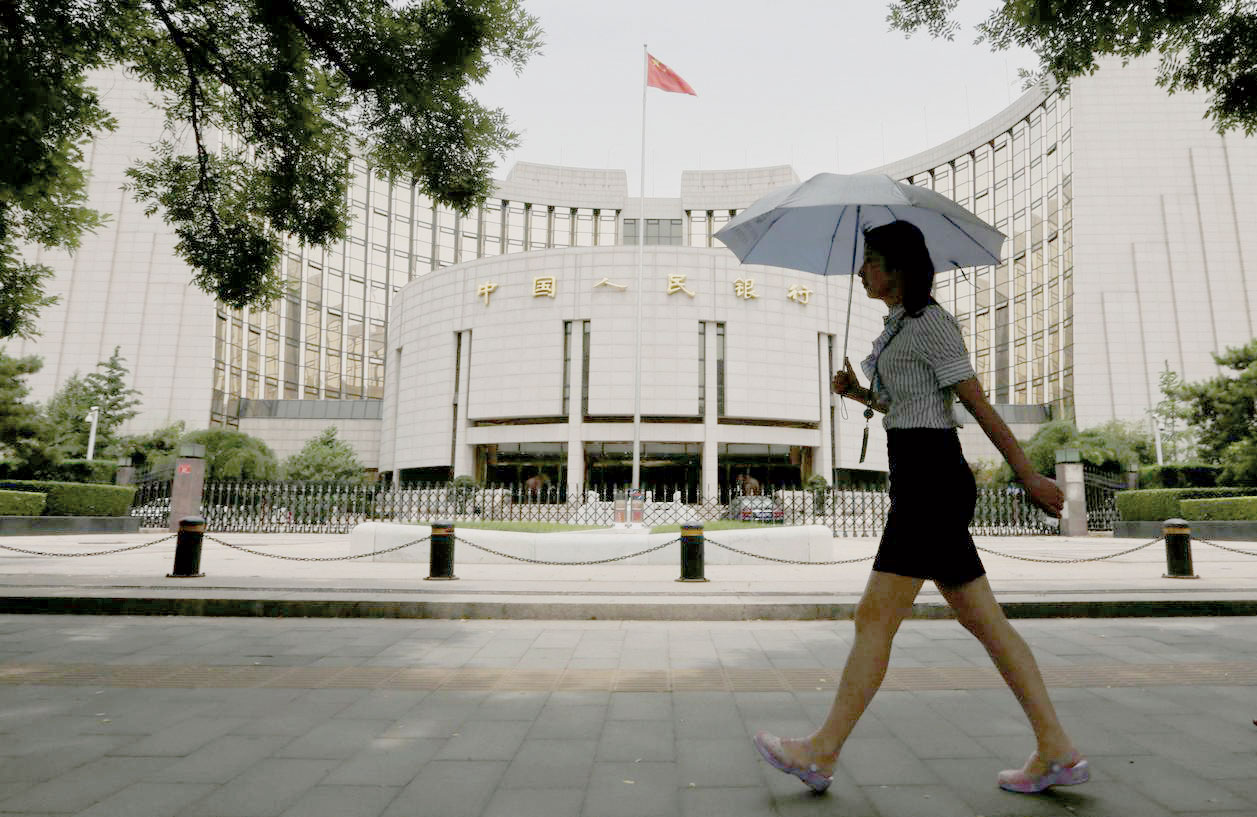

BEIJING: China will take steps to spur growth amid a trade war with the United States, but there is limited room for aggressive stimulus in an economy already laden with massive debts and a property market prone to credit-driven spikes, policy insiders said.
China’s deepening economic slowdown has fanned market expectations of a big spending binge, especially if the bruising tariff war with Washington escalates, intensifying pressure on Chinese jobs and threatening social stability.
Such a move, plans for which have repeatedly been denied by China’s top leaders, would come at a price, however — similar moves in the past have quickly juiced growth rates but also buried the world’s No 2 economy under a mountain of debt.
“The room for a strong stimulus is not big, and there are very big risks, because that will rely on a flood of cash and increased leverage in the economy,” said a policy insider, declining to be named due to the sensitivity of the matter.
During the 2008-09 global financial crisis, Beijing rolled out a 4 trillion yuan ($591 billion) spending package to fight a downturn that cost 20 million jobs in a matters of months, quickly reviving growth but also prompting a credit explosion.
The obsession of China’s leaders with stability led to policy easing in 2012 and 2015 — a year marked by a stock market crash, a slide in the yuan and sharp capital outflows — that further pushed up debt levels and inflated home prices.
Authorities have taken a raft of pro-growth measures in the past year, in the form of cuts to the levels of cash banks must hold as reserves to spur lending, tax cuts, and efforts to accelerate infrastructure spending.
Still, growth in the world’s second-largest economy weakened to a 28-year low of 6.6 per cent in 2018, and is expected to slow further to 6.3 per cent this year.
Sources said that Beijing was planning to lower its growth target to 6-6.5 per cent this year from around 6.5 per cent in 2018.
Some Chinese factories have felt the pinch from higher US tariffs, but there are few signs of a sharp rise in unemployment due to a more resilient services sector and a shrinking pool of workers as a result of the country’s demographic changes.
“We should be vigilant about employment pressure, but it’s too early to talk about serious problems,” said a second policy insider.
The current slowdown was caused by China’s deleveraging drive in early 2016, which focused on state firms and local governments before broadening to the financial sector a year later. A crackdown on shadow lending pushed up borrowing costs and made it harder for small firms to get funds. — Reuters
Oman Observer is now on the WhatsApp channel. Click here



